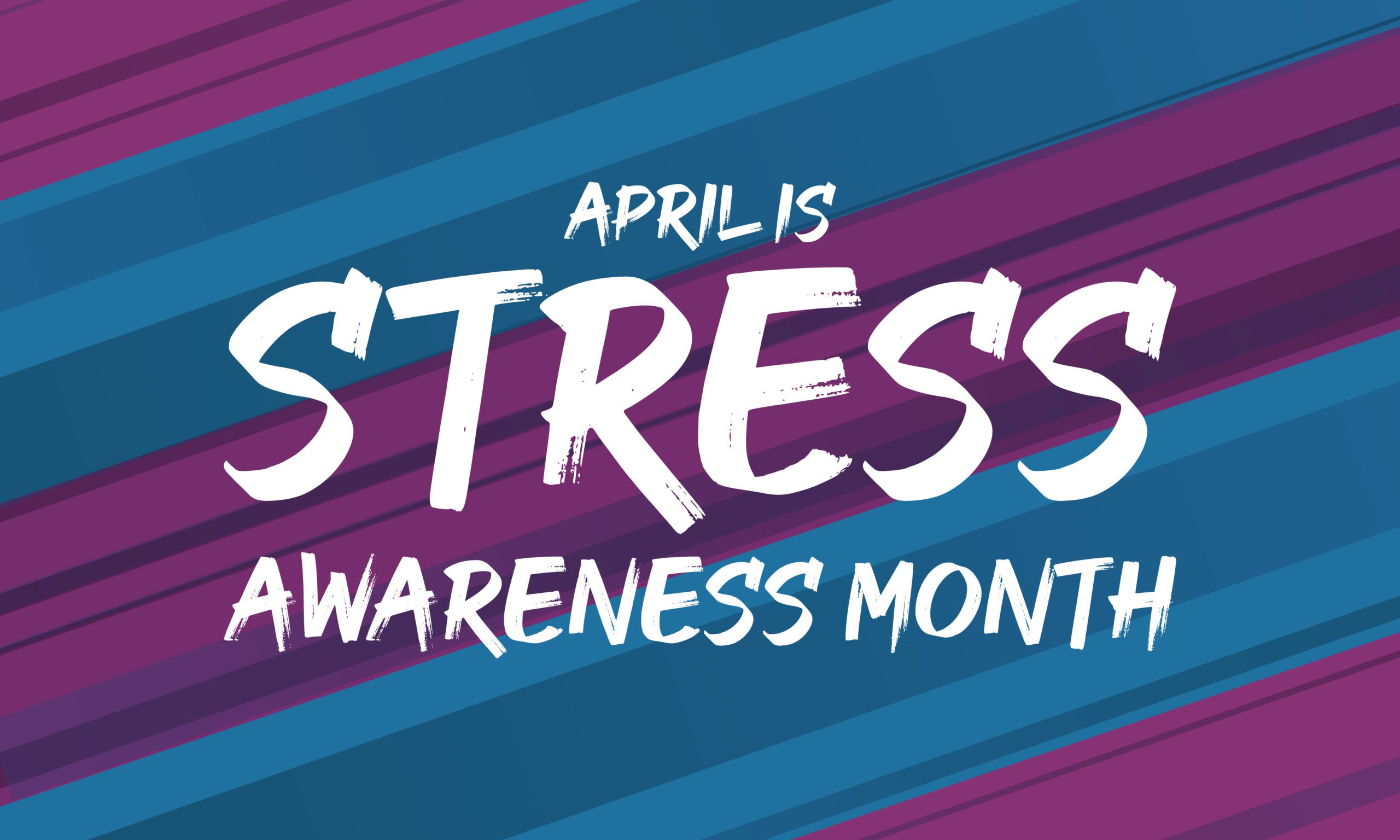Guided Meditation for a Better Night’s Sleep
Try this 3 minute guided heart mediation led by HeartMath’s Howard Martin, to help you shift from stress and prepare for a great night’s sleep.
If you struggle to fall asleep or wake up in the middle of the night and can’t get back to sleep, and this persists for a few days, a few weeks or longer, you suffer from sleeplessness, a serious disorder that robs your body of the rest it requires to re-energize you physically, mentally and emotionally.
Up to 90% of all health problems are related to stress. Additionally, a large body of research confirms our thoughts and emotions have a dynamic effect on our health and vitality.”
The American Institute of Stress
A typical form of sleeplessness also referred to as insomnia, occurs when you wake up during the night, realize you are wide-awake when you should be sleeping and then become anxious. The anxiety causes adrenaline to flood the system and adrenaline prompts the body into action – the opposite of what you need for effective sleep.
If this sounds like you, you’re not alone. Sleeplessness affects all age groups. The U.S. Department of Health and Human Services reports that about 60 million Americans suffer from insomnia each year. The National Sleep Foundation reports that disordered sleep – difficulty falling asleep, light sleep or nonrestorative sleep for several nights or more weekly – affects nearly two-thirds of American adults at some point. It’s believed that sleeplessness increases as we grow older. More than half of older Americans have trouble sleeping and think it’s a part of aging. It’s not.
Sleep problems in the elderly are not a normal part of aging
Dr. Julie Gammack, assistant professor of geriatrics at Saint Louis University.
Inadequate sleep adds to an increased risk of accidents, falls, and chronic fatigue. Our children and teens, too, are having trouble sleeping.
Difficulty falling asleep is the most common complaint among adolescents. In a national survey on the sleep patterns of U.S. adolescents ages 11-17, the Sleep in America poll by the National Sleep Foundation found only 20% of adolescents were getting the recommended nine hours of sleep on school nights and 45% slept less than eight hours.
What’s Causing Your Sleeplessness?
Stress is a leading cause of abnormal sleep patterns. Research shows it is a common trigger for both short-term and chronic insomnia. Stress can result from health concerns, depression and anxiety among other things, but perhaps the most insidious cause is the fast-paced world in which we live. Technology, world events and our ever-increasing knowledge about our world and the universe seem to have put time on a relentless treadmill and keeping up can wear out even the most determined among us. Scientific research by the HeartMath Institute shows stress creates incoherence in our heart rhythms, and when the heart is out of sync normal sleep patterns can be interrupted.
3 Tips to Reset Your Body’s Rhythm
It’s time to try a system reset so you can return to a healthy sleep rhythm. But first some abbreviated science.
Our heart beats in a rhythm. Research at the HeartMath Institute found that when we are over-stimulated, overwhelmed, stressed or worried this rhythm becomes irregular and incoherent.
Conversely, positive feelings, like love, care or appreciation can smooth out our heart rhythm into a harmonious coherent pattern and help prepare the body for sleep.
Reset with these three practical solutions:
Plant the seeds for good sleep with the Quick Coherence® Technique
Sleep practices need to include what happens during the day not just once the sun goes down. Doing a few 1-2 minute Quick Coherence® Technique sessions during the day can minimize the build-up of stress. Accumulated stress is a common cause of disrupted sleep patterns.
Once in bed, practice Attitude Breathing™
Close your eyes and tell yourself you aren’t going to over-dramatize anything that happened during the day or any concerns you may have about sleeping. Use the heart-focused technique we call Attitude Breathing™ to create a coherent heart rhythm that can facilitate deeper and more effective sleep:
Steps for Attitude Breathing
- Recognize a feeling or attitude that you want to change and identify a replacement attitude.
- Focus your attention in the area of the heart. Imagine your breath is flowing in and out of your heart or chest area, breathing a little slower and deeper than usual.
Suggestion: Inhale 5 seconds, exhale 5 seconds (or whatever rhythm is comfortable) - Breathe the feeling of the new attitude slowly and casually through your heart area.
Practice the this exercise for a few minutes. Coherent heart rhythms help release beneficial hormones that reduce stress and restore your system.
Technology can help
Take out the mental figuring and use HeartMath’s emWave2® or Inner Balance™ technologies. Use these tech assistants combined with the above techniques to simplify the process as they guide you into a peaceful rhythm of heart coherence.
HeartMath techniques are demonstrated to provide powerful stress-reduction benefits in carefully designed scientific studies that are supported by a documented reduction in damaging stress hormones.
Paul Rosch, Former President, The American Institute of Stress


